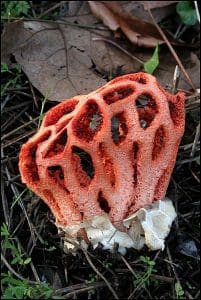You know what store-bought mushrooms are but there’s much more to them so we’re going to take a look at some Weird facts about mushrooms through this piece.
What we call a mushroom is in fact just the fruiting body of a fungus, the fruiting videos are produced so that the fungus can create and disperse its spores which can be thought of as the fungal version of seeds. The majority of the organism is hidden from view working its way through soil, wood and other organic materials breaking them down so that it can absorb vital nutrients.
Fungi make up one of the kingdoms of life, as broad and diverse as groups such as ‘plants’ and ‘animals’ Worldwide it is estimated there are up to 3.8 million different species of which only around 148,000 have been described.
They can be found almost everywhere they are present in your body, in woodlands, at the bottom of the ocean and in nuclear reactors. Virtually anywhere scientists look they find fungal species.
They really are quite an ‘alien’ kingdom with some very interesting habits. I find that the more I learn about fungi the more questions I have.
To give you an idea of how strange they can be, here are some interesting fungi facts;
They are more closely related to us than plants
For a long time fungi were thought to be related to plants but genetically speaking, they’re more closely related to animals. Like us, they ‘breathe in’ oxygen and give out CO2. Unlike plants, they don’t need sunlight to reproduce, instead, they rely on other organisms for food, just like animals. Also, their cell walls contain chitin, which is found in the exoskeletons of insects, the shells of crustaceans, and the beaks of octopuses.
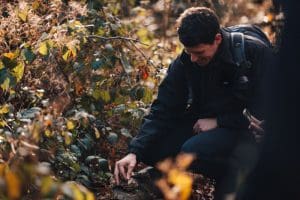
The largest and oldest living organism in the world is a fungus
There is a species of Honey fungus, Armillaria ostoyae that’s been found in Oregon that covers almost 10 square kilometers. Scientists say it’s at least 2,400 years, possibly even up to 8,650 years old!
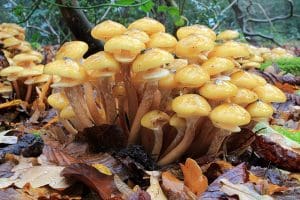
Click here to see our Honey Fungus foraging guide
Mushrooms help trees talk to each other
Beneath every forest and wood lies a complex network of roots and fungi that connects trees and plants to one another. It’s sometimes called the ‘Wood Wide Web’ This network of Mycorrhizal fungi is almost 500 million years old and is vital for most plants on earth. Trees and plants obtain nutrients that the fungi acquire from the soil, such as nitrogen and phosphorus and in return, the fungi receive carbon-rich sugar from the trees’ roots. It’s this symbiotic relationship that allows trees to have underground conversations, such as issuing warnings about attacking insects, drought, and disease.
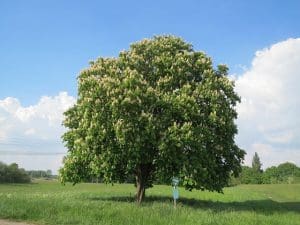
Fungi can glow in the dark
Some mushrooms are bioluminescent. They achieve this thanks to luciferins, the same compounds that make fireflies light up at night. This ability is used to attract insects. They then spread the mushroom spores elsewhere in the forest, allowing the fungi to reproduce. It’s thought that in the future bioluminescent fungi could be used as eco street lighting.
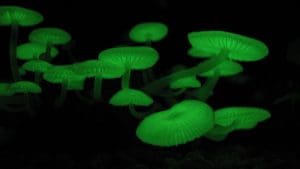
Mushrooms have the ability to turn animals into ‘zombies’
Some fungi have the ability to take over the central nervous systems and brian of animals, the most famous example is the Ophiocordyceps unilateralis, that is found in the Amazon rainforest. This parasite infects the carpenter ant, growing through its body before eventually taking over its brain. It then compels the hijacked insect to leave its nest and climb to a nearby plant, which just so happens to be in the perfect environmental conditions for fungus growth. Here, over a number of days, it consumes the ant’s innards and sends a long stalk through its head, growing into a capsule of spores. These rain down on other unsuspecting victims, continuing the grim cycle.
As you can see they really do have some amazing and surprising abilities so the next time you’re tucking into some mushroom soup take a moment to appreciate these wonderful organisms.
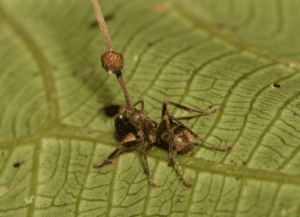
References and further reading;
Here’s a lovely piece about glowing mushrooms from the guardian



